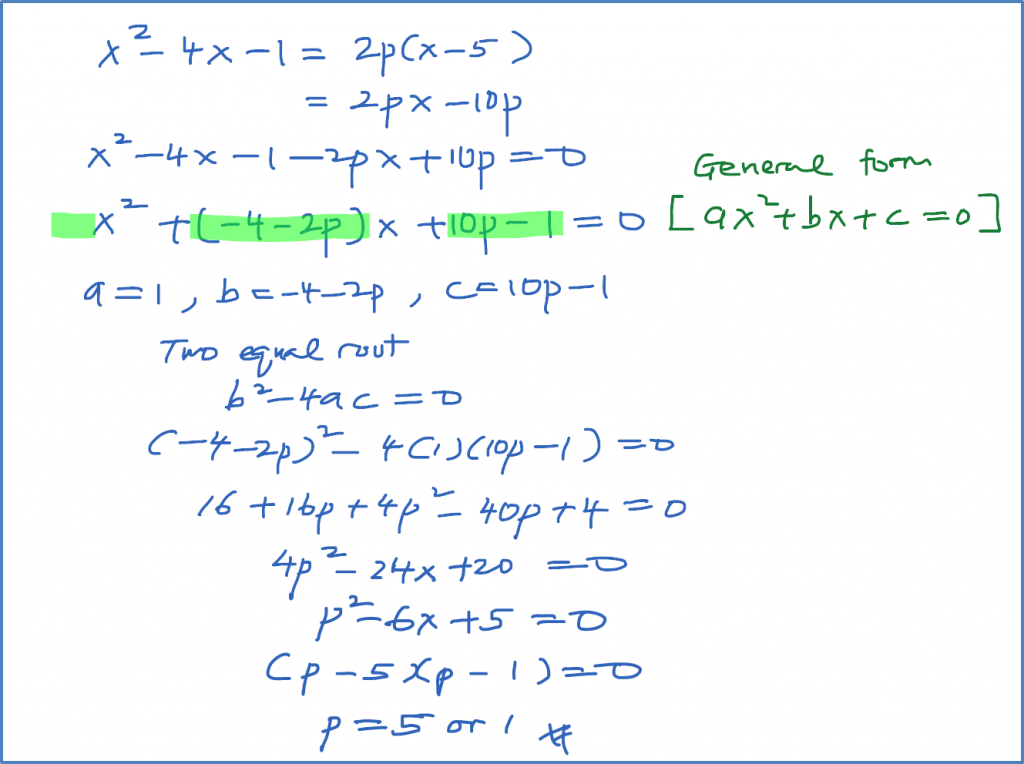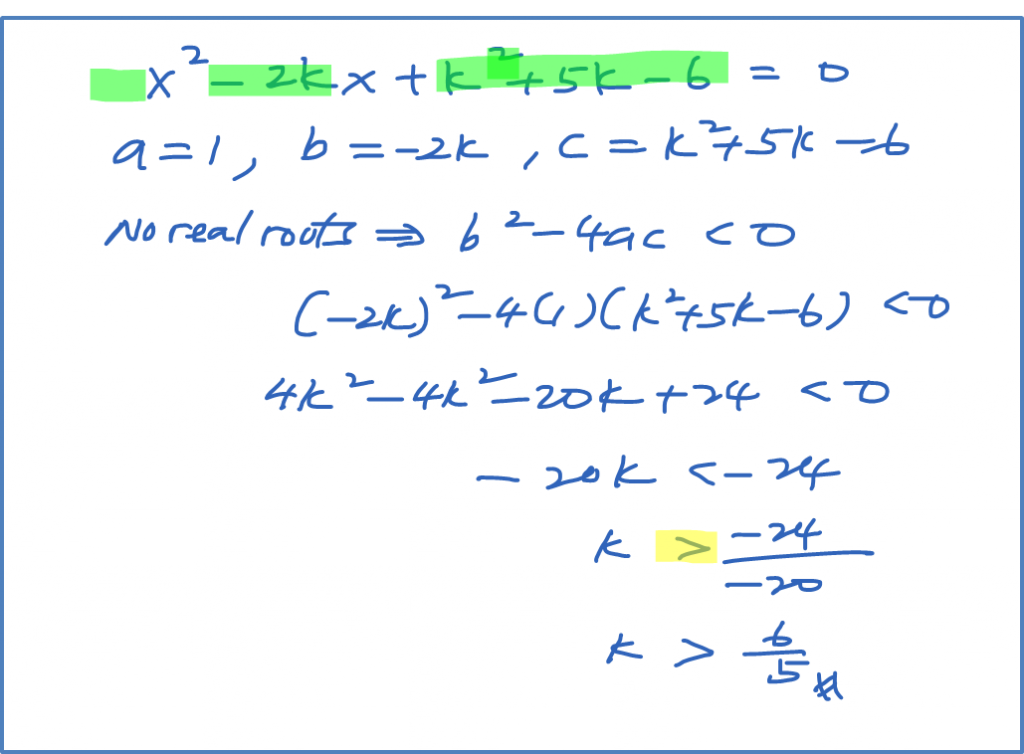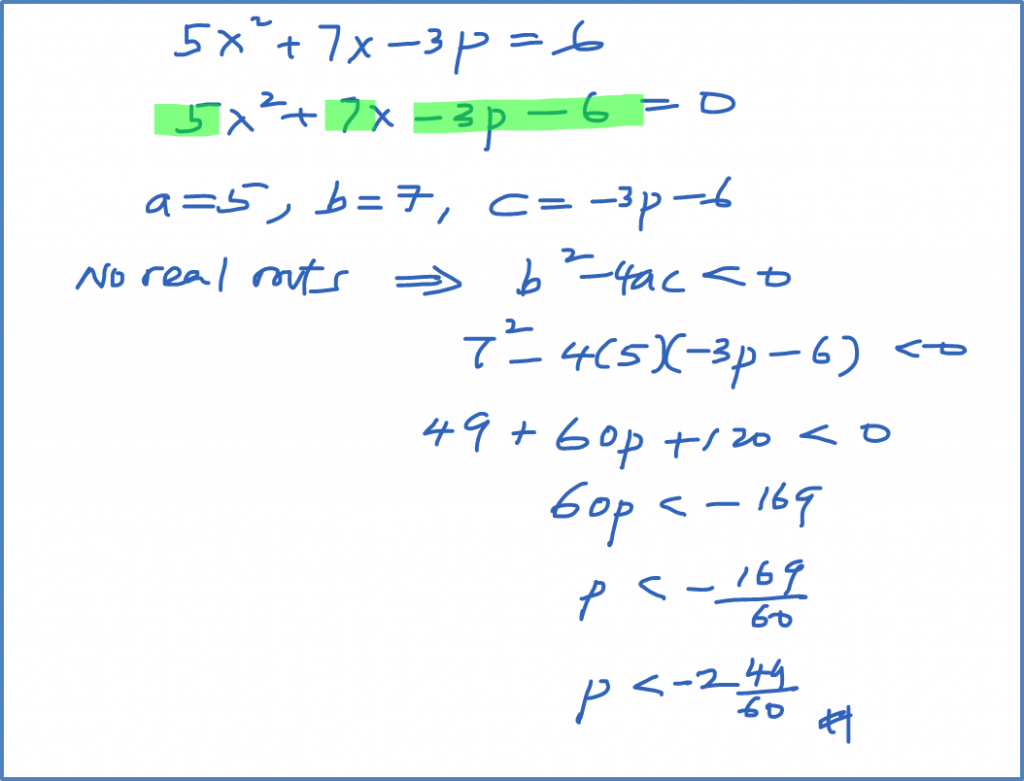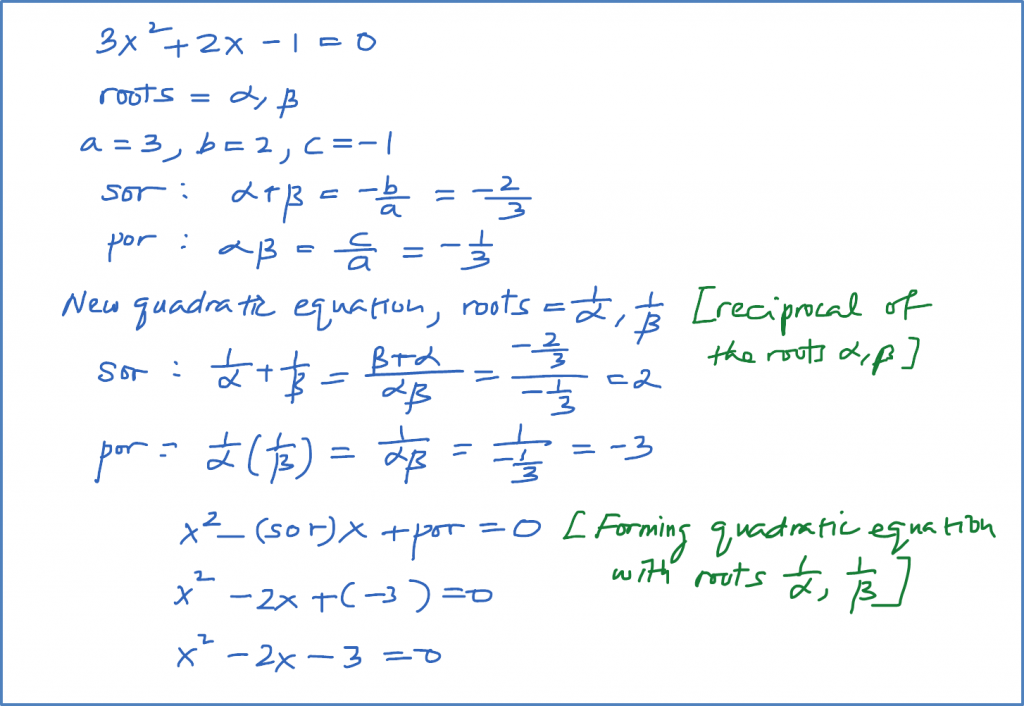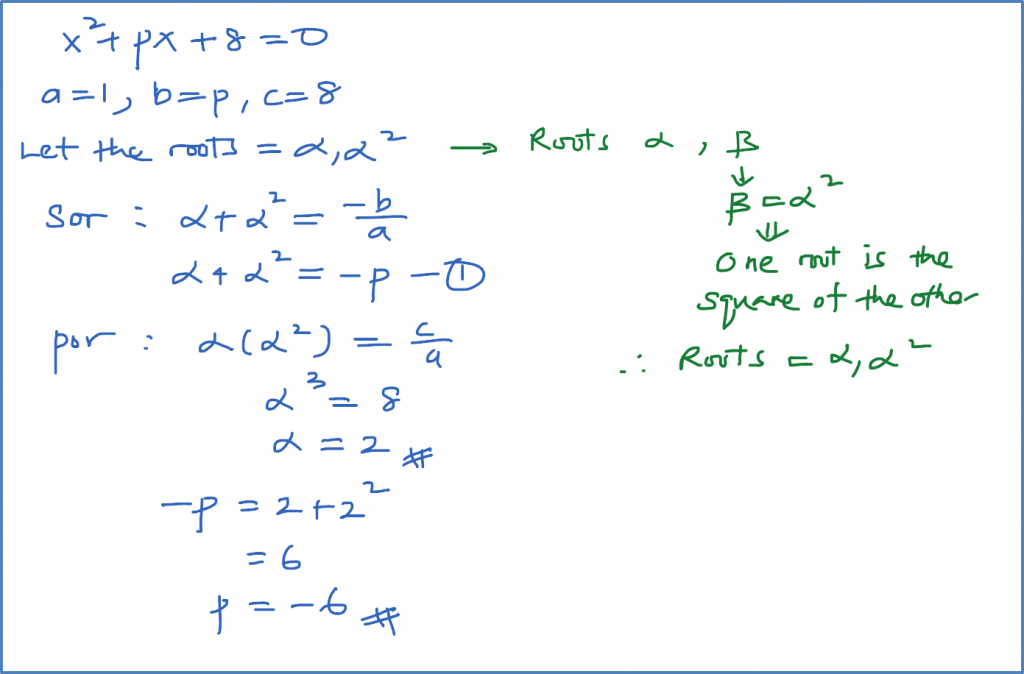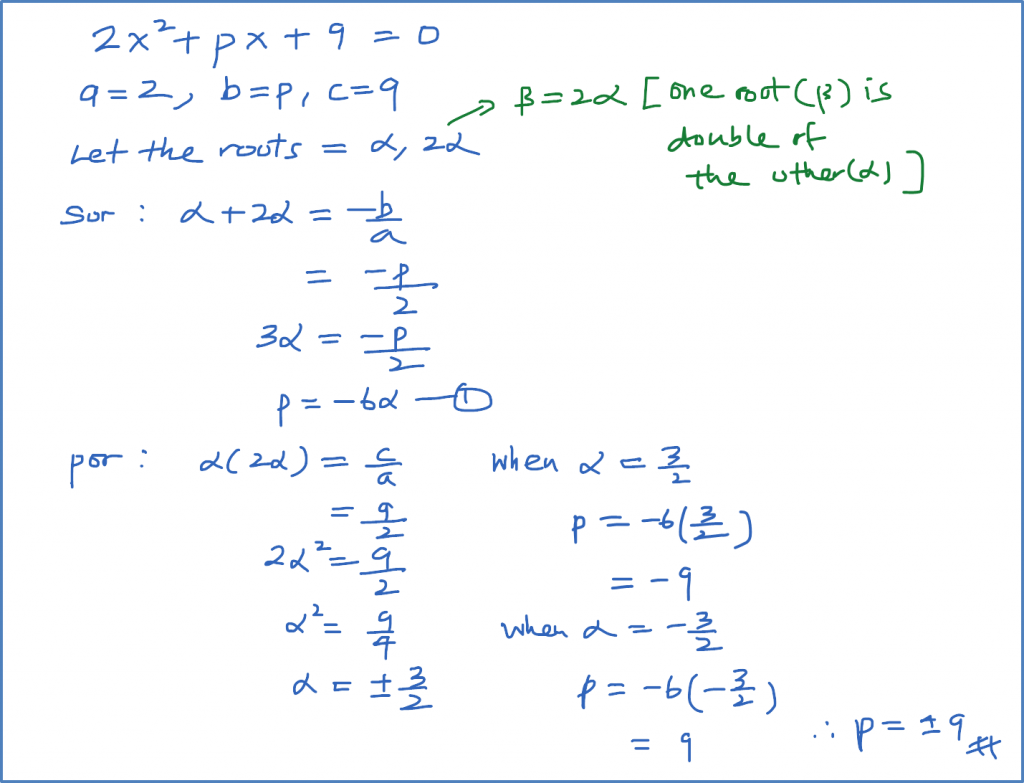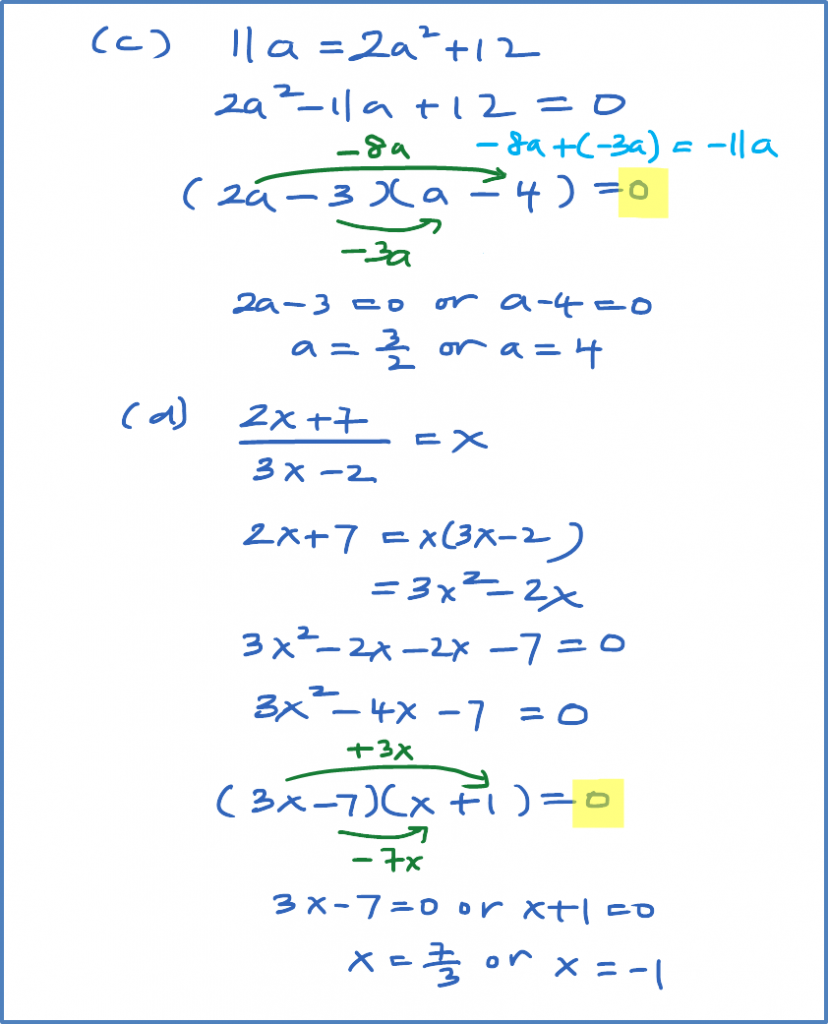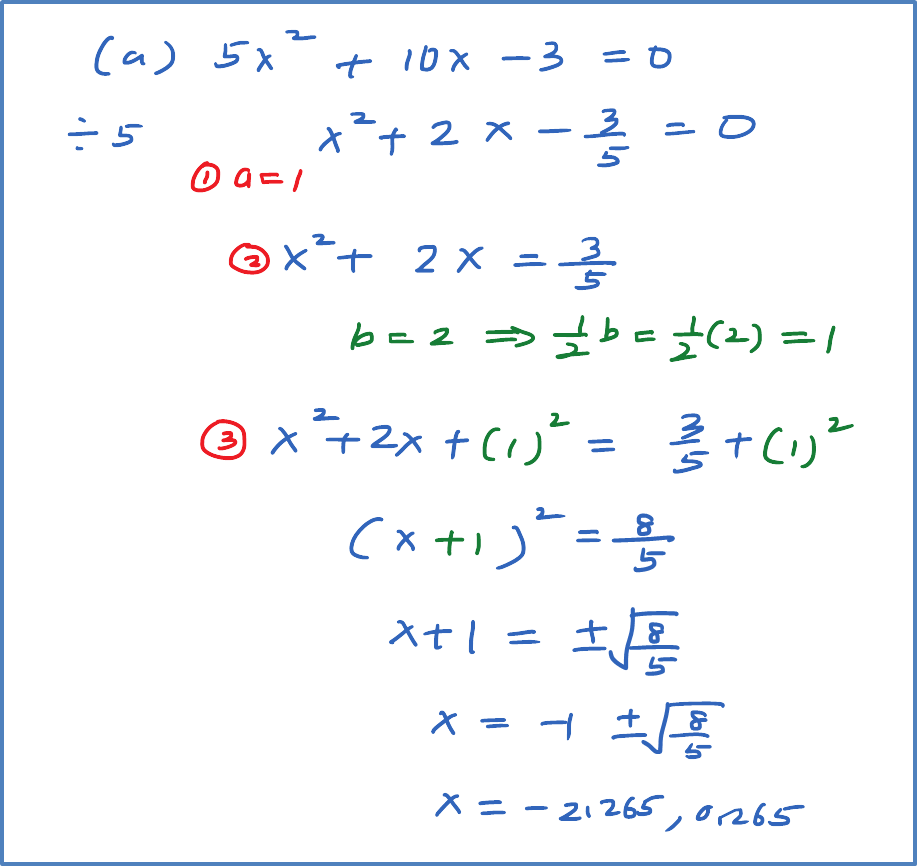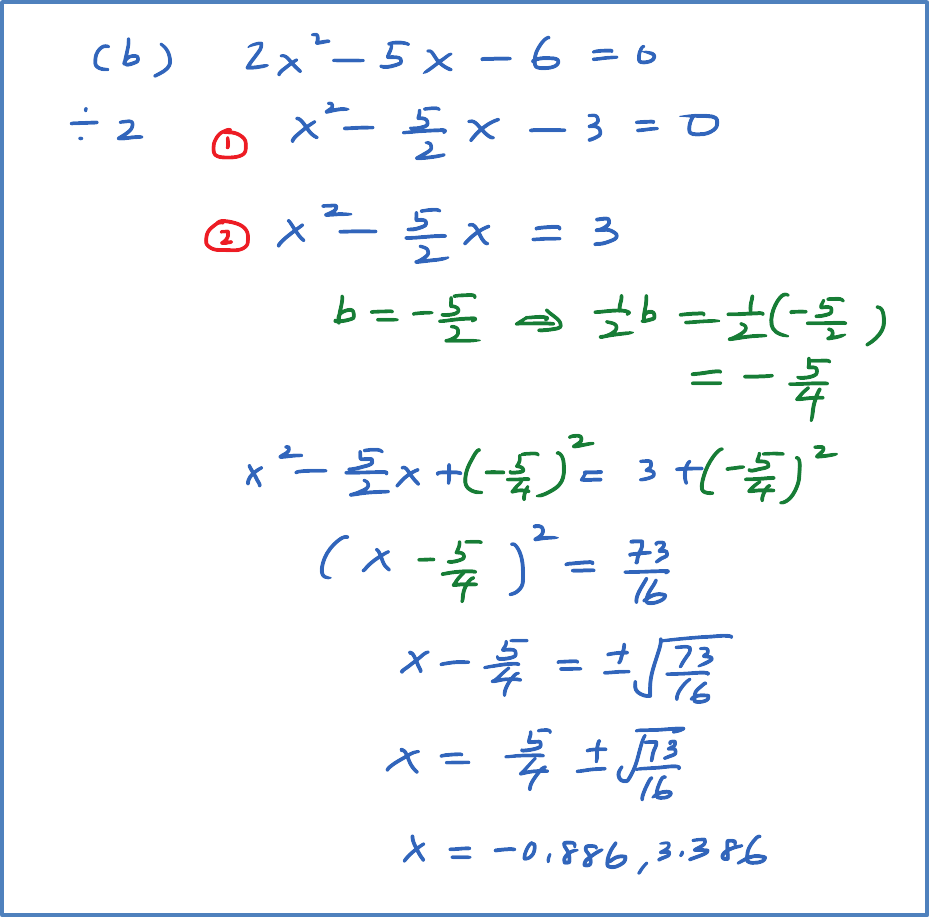Example 1
Find the maximum or minimum value of each of the following quadratic function by completing the squares. In each case, state the value of x at which the function is maximum or minimum. And also, state the maximum or minimum point and axis of symmetry for each case.
(a) f(x)=x2+6x+7
(b) f(x)=2x2−6x+7
(c) f(x)=5−2x−x2
(d) f(x)=4+12x−3x2




Find the maximum or minimum value of each of the following quadratic function by completing the squares. In each case, state the value of x at which the function is maximum or minimum. And also, state the maximum or minimum point and axis of symmetry for each case.
(a) f(x)=x2+6x+7
(b) f(x)=2x2−6x+7
(c) f(x)=5−2x−x2
(d) f(x)=4+12x−3x2









